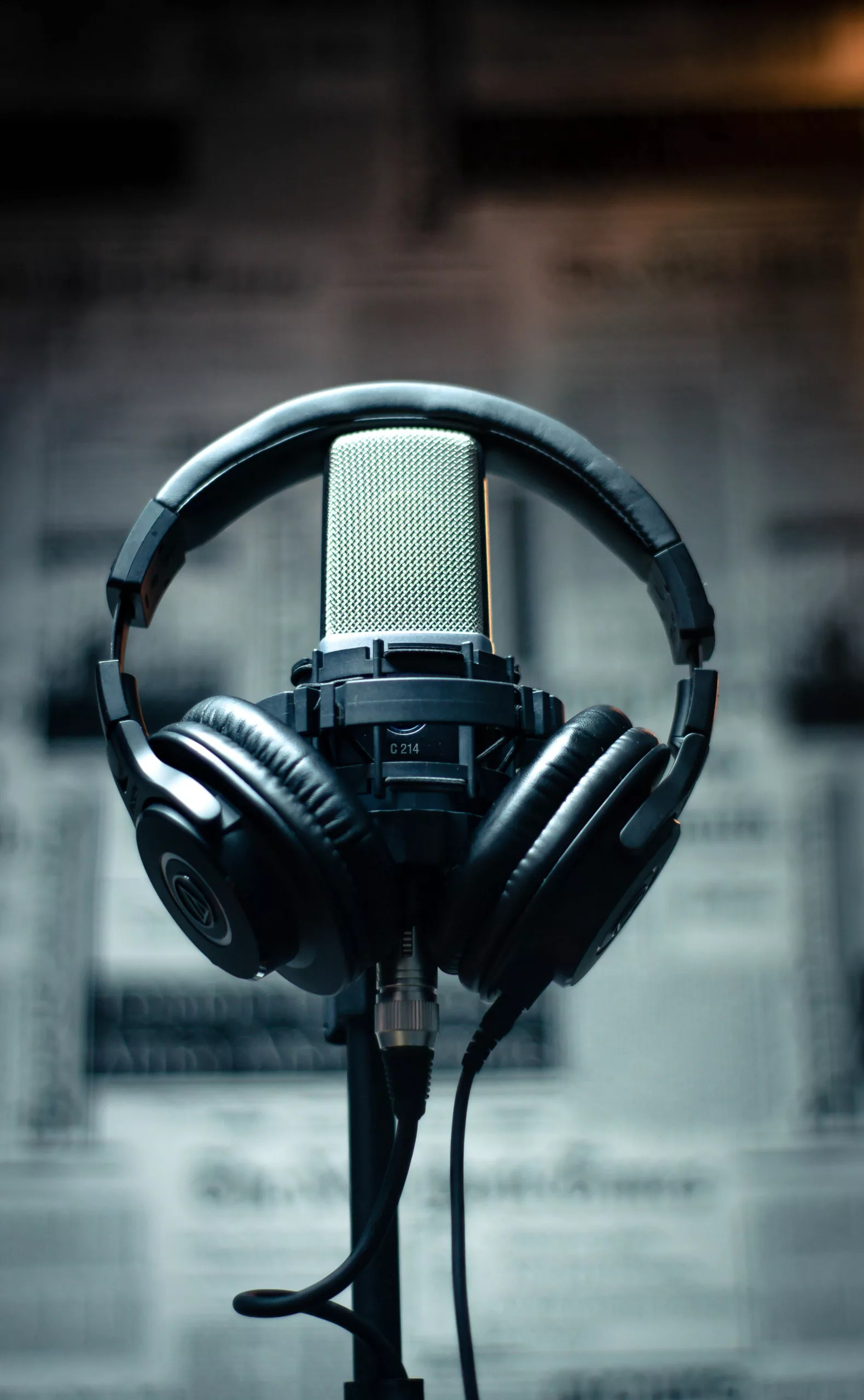For marketers, attribution is the key to understanding which marketing tactics are contributing to sales or conversions. For radio advertising, attribution has traditionally been a challenge due to the analog nature of broadcast radio. However, with the rise of digital platforms and advancements in attribution methodology, radio is now more measurable than ever before.
In a new report from the Radio Advertising Bureau (RAB), “Audio Attribution, November 2023,” provides an overview of the current attribution landscape for radio across platforms. The report outlines the capabilities of different attribution providers, identifies challenges, and forecasts future possibilities.
Key Findings
Radio can be measured through multi-touch attribution methodology. Radio can be credited for its impact on a consumer’s purchase journey, even if the consumer did not click on an ad or make a purchase immediately after hearing the ad.
Digital attribution capabilities are complemented by broadcast data, allowing for a more holistic view of radio’s impact, including reach, impressions, and ratings.
Brand effect KPIs can be measured through survey-based methodologies, including brand awareness, brand perception, and brand recall.
Challenges, and Why Phasing out of Third-Party Cookies Isn’t One of Them
The phase-out of third-party cookies will impact digital revenue and also cause the marketer to lose valuable data about their target audiences. However, according to a report published by Borrell Associates on behalf of the National Association of Broadcasters, “the phase-out of third-party cookies is likely to deliver more benefit than loss to (radio) broadcasters” as they continue to establish first-party data relationships with listeners.
There are workarounds to track a listener from the actual AM/FM broadcast. Pixels can be embedded across radio’s digital platforms and within the advertiser’s website. This enables providers to track inbound website traffic, regardless of its source.
The Research: Attribution Providers State the Facts
According to the report’s purpose statement, to understand the current attribution landscape available for radio across platforms, RAB reached out to providers, including LeadsRx, that have the capability to measure attribution/results for audio campaigns. Those that responded and opted to participate delivered insights against the following KPIs:
- ROAS – return on ad spend
- Online leads/conversion
- Word of mouth/brand conversations
- Content engagement
- Brand lift
- Brand reputation
- Web lift
- In-store lift
- Sales lift
Here’s the report’s breakdown of the LeadsRx offering, specifically, when it comes to audio multi-touch attribution:
KPIs Measured:
- Web lift
- Call lift
- Multi-touch attribution
- ROAS
Methodology – Pixel, Google Analytics, Survey-Based
- Broadcast
- Call tracking technology
- URL tracking
- Attribution modeling
- Podcast
- Conversion tracking pixels
- Dynamic promo codes
- Post-campaign surveys with consumers who have heard the ads.
- OTT/Streaming
- Multi-touch attribution (brings all pieces together to track contribution by audio channel)
- Conversion and engagement tracking via pixels and engagement metrics.
- Data integration from various sources including spot logs, call tracking, URL tracking, and other tracking technologies, to create a complete view of the advertising impact.
The report also rightly calls out the importance of cross-channel measurement being key to showing the success of audio marketing:
“As concurred by providers of attribution methodology, it is easier to build the link and directly track the digital delivery of an impression and the direct response from the consumer taking action. However, response cannot be attributed or isolated to the consumer’s final digital click as the consumer has been exposed to multiple media throughout their journey. Attribution providers can implement cross-channel attribution allowing advertisers the ability to understand the effect and amplification that occurs between radio advertising and other digital marketing channels. According to LeadsRx, ‘By analyzing how radio ads impact consumer behavior across different touchpoints, a more holistic view of attribution emerges.’”
Pixels DO Work for Audio Attribution
More from the report:
“Though pixels and other digital watermarks are not technologically able to track a listener from the actual AM/FM broadcast, there are workarounds. Pixels can be embedded across radio’s digital platforms and within the advertiser’s website. It enables providers to track inbound website traffic, regardless of its source. Digital attribution capabilities complemented by
broadcast data (such as reach/impressions/ ratings and day/date/time post logs) from radio groups, attribution to radio across channels can be achieved.”
Future Possibilities
Attribution methodology will continue to advance to further enhance technological innovation and capability. This includes the development of new methods for tracking the impact of radio on in-store sales and online purchases.
Radio is a powerful medium that can be effectively measured in the digital age. Marketers should consider using attribution methodology to understand the impact of their radio campaigns and make informed decisions about their marketing mix.
Check out the RAB website for more on why radio is an effective marketing tool. To learn more about LeadsRx and its audio attribution capabilities, sign up for a brief demo.

